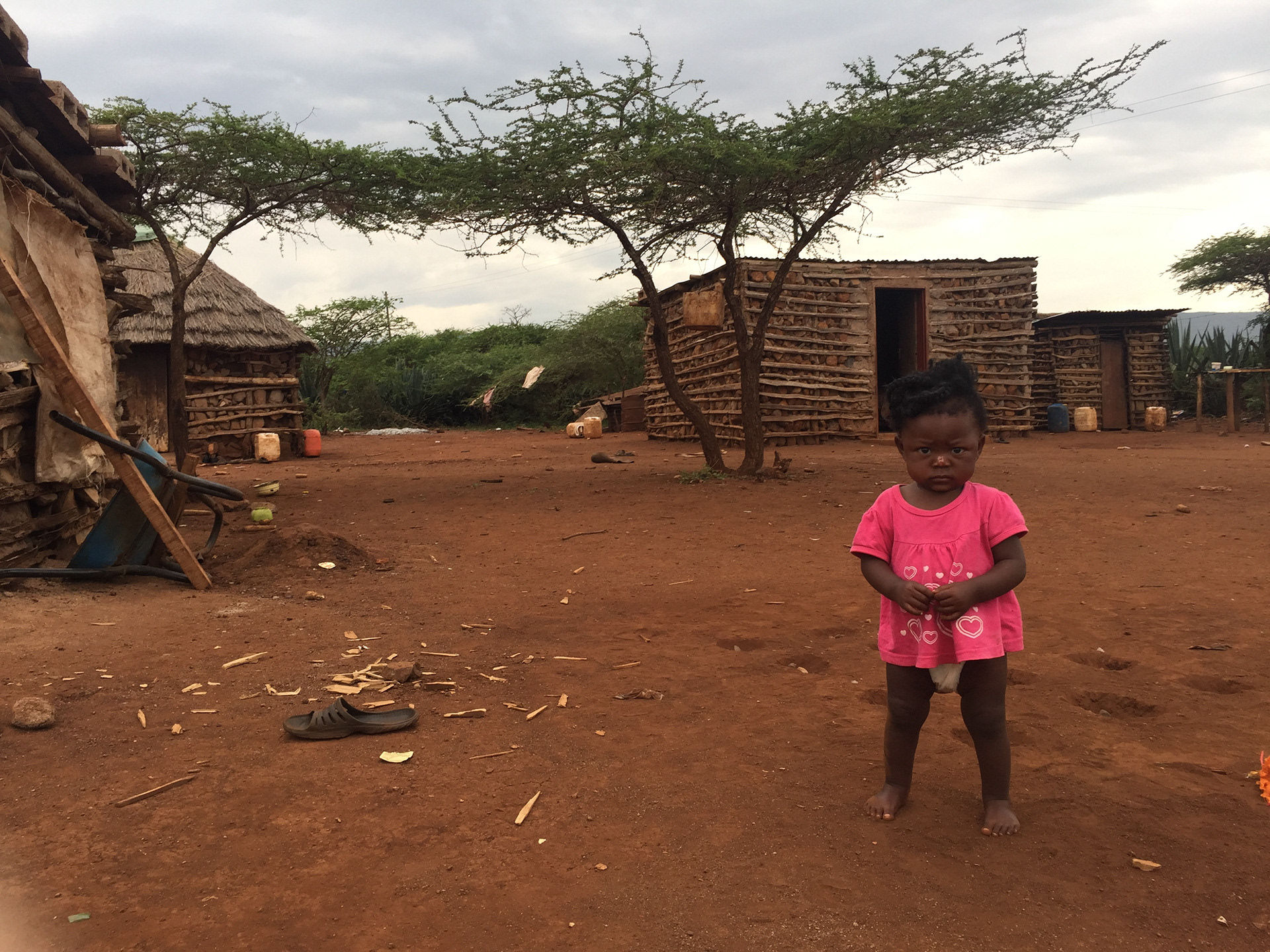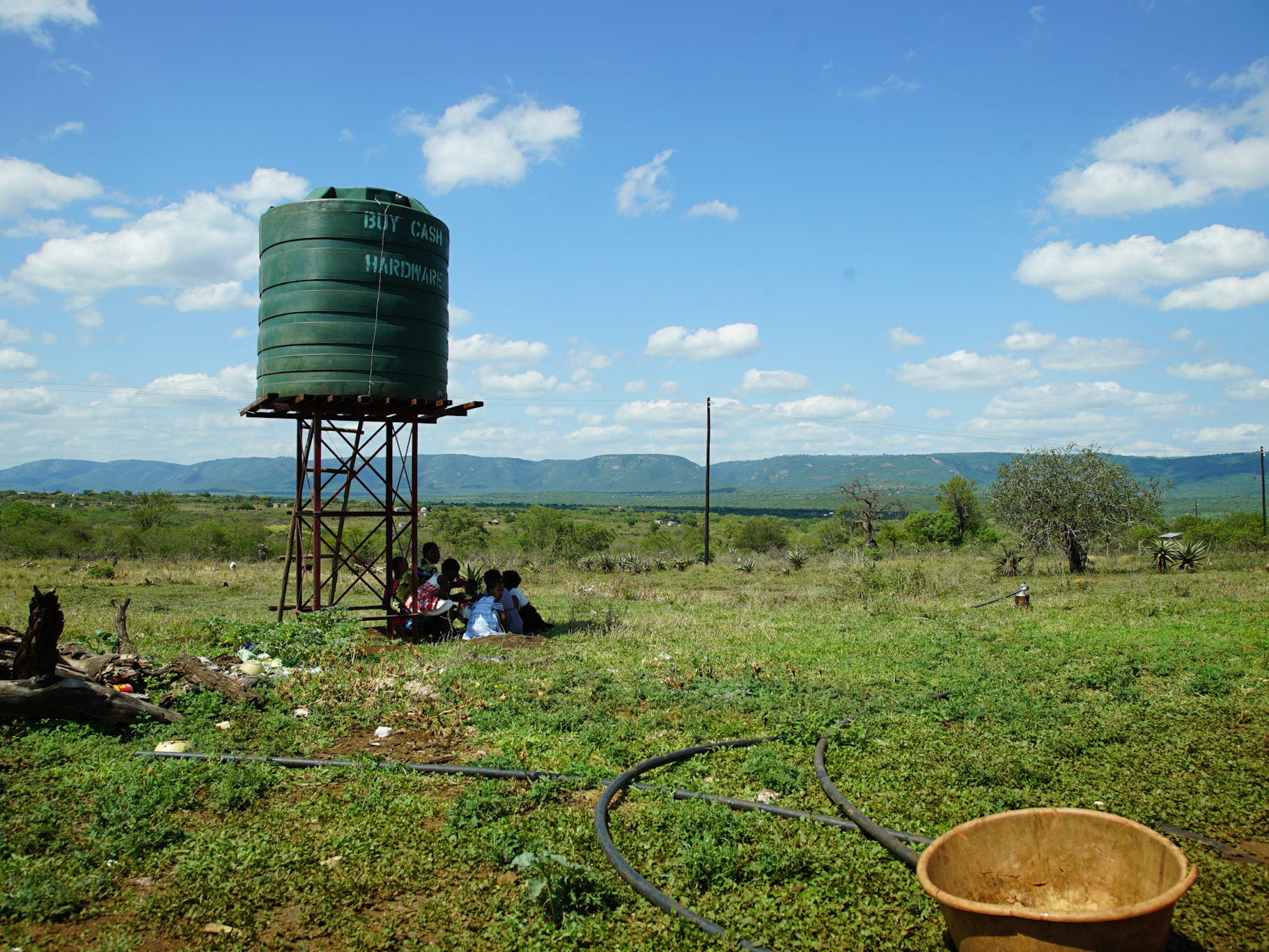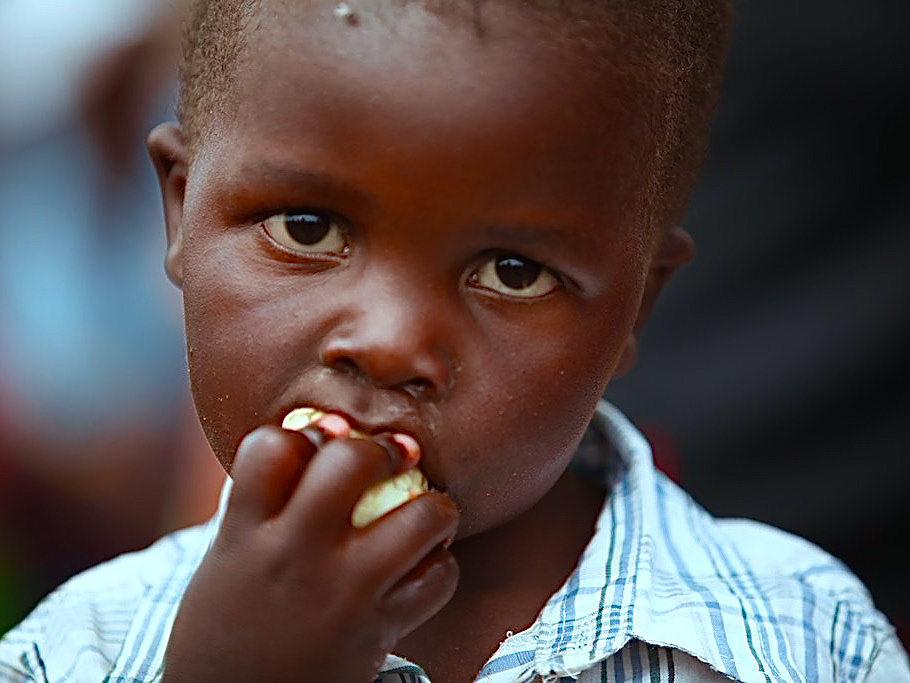Challenges Affecting Education in Eswatini
Foremost among the pressing challenges faced by the education sector in Eswatini is the issue of school fees. In Eswatini, students must cover the costs of uniforms and school fees, which becomes a significant hurdle for many families. For some, even affording basic necessities like a loaf of bread can be daunting, let alone shouldering the expenses associated with uniforms and school fees.
Compounding this issue is the insufficient infrastructure and resources within Eswatini's schools, exacerbated by broader challenges, including poverty and an ongoing HIV/AIDS crisis. Unfortunately, these circumstances result in children not receiving the quality education they require.
One alarming consequence of these challenges is the high dropout rate among students in both primary and secondary schools. Several contributing factors underpin this concerning trend:
Pregnancy: Shockingly, UNICEF estimates that a substantial portion of students, 41 percent in lower secondary school and 52 percent in senior secondary school, drop out due to pregnancy.
Poverty: Research indicates that a significant proportion of Eswatini's rural population, approximately 58.9 percent, struggles to survive on less than US$1.9 per day, placing them below the national poverty line. Even more distressing, 20 percent of Swazis fall below this threshold, categorized as extremely poor. Consequently, many parents cannot afford the secondary education expenses for their children.
Sexual Violence: Due to a lack of parental involvement in the school system, children in Eswatini are vulnerable to experiencing sexual violence. The unfortunate normalization of the sexualization of female students within schools only compounds this distressing issue.
These multifaceted challenges underscore the urgent need for targeted interventions to address the education crisis in Eswatini.




